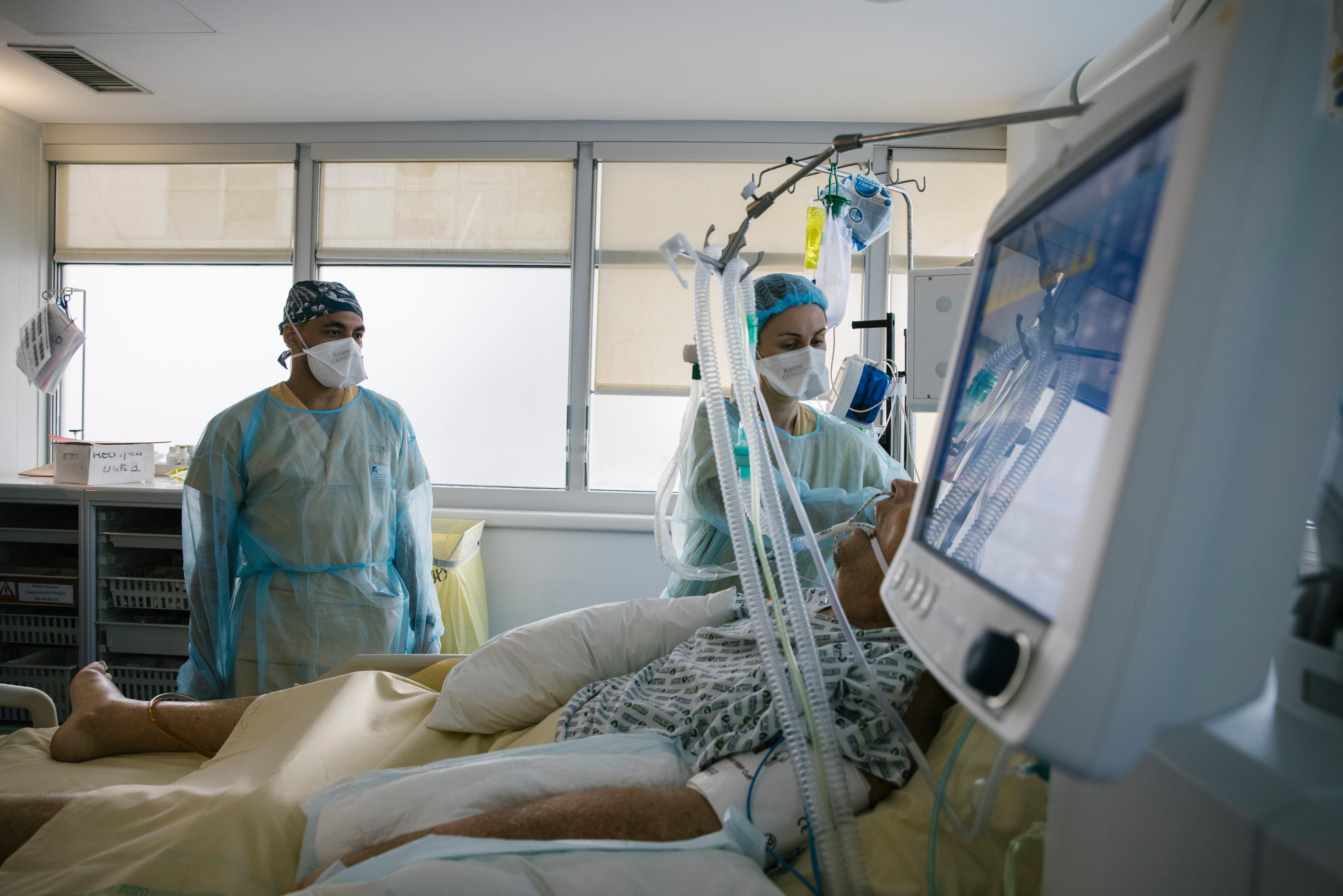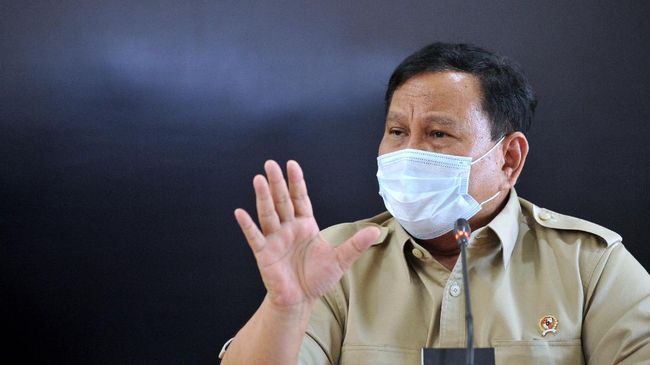Lull on the front lines of the Covid-19 epidemic in Île-de-France. The incidence rate, that is to say the number of positive cases recorded over one week per 100,000 inhabitants, has decreased from 13 to 23%, in one week, in each of the eight Ile-de-France departments. It now rises from 414 in Yvelines to more than 600 in Val-d’Oise and Seine-Saint-Denis (524 across the region). For epidemiologist Mircea T. Sofonea, the peak of contaminations detected in Ile-de-France “was reached on March 29”.
It is always difficult to establish the precise reasons. “There was a strong media coverage of the risks, in particular by doctors from the AP-HP, and the braking measures (entered into force on March 20) were also able to play by limiting the last pockets of social contacts at risk” , says the expert. We were also starting from very high, and current levels remain twice the maximum alert threshold set last fall (250).
The situation is nevertheless complex to analyze because this indicator of positive cases is very strongly dependent on the number of tests carried out. The more we search, the more chance we have of finding. However, screening has fallen sharply, especially among those under 20 with the closure of schools on April 2 and the end of the screening campaigns that were organized there. “The decrease in incidence is moderate but clear in all age groups, so I think it is not explained solely by the number of tests performed,” reassures epidemiologist Mahmoud Zureik.
At the hospital, “it doesn’t flare up anymore”
The good news is that this positive development already seems to be having a slight impact on the hospital: 520 hospitalizations and a little more than 130 admissions to critical care services (intensive care intensive care, continuous monitoring) are recorded every day on average, a number that has fallen slightly for ten days.
On the other hand, the number of patients treated in critical care has remained on a sort of “high plateau” for ten days, at nearly 1,800. This is 55% more than during the peak of the second wave and 33% of less than that reached in April 2020. “It would in any case be impossible to rise to the level reached a year ago because there are many other non-Covid patients to take care of”, indicates Stéphane Gaudry, professor of medicine intensive-intensive care at the Avicenne hospital in Bobigny (Seine-Saint-Denis). “It seems to be stabilizing, but it’s really light and at a pretty high level. We are going to say rather that it does not flare up more, adds a nurse in Seine-Saint-Denis. The decline has not really started in any department in the Ile-de-France region.
The fear of variants
The reopening of schools this Monday, then that of colleges and high schools a week later makes some experts fear that this lull will only be short-lived. Conversely, a milder and wetter climate could help contain the spread of the virus, as several studies suggest.
VIDEO. Covid-19: schools will reopen on April 26, a week before middle and high schools
In the medium term, doctors are basing their hopes above all on vaccination. But, for now, only 16.2% of the population and 22% of adults in Ile-de-France have received at least a first dose. Figures below the national average and well below collective immunity. Especially since the so-called “South African” and “Brazilian” variants, which partly escape immunity conferred by vaccination, now represent more than 7% of positive tests “screened” in the region. That’s half more than a week earlier.
–


